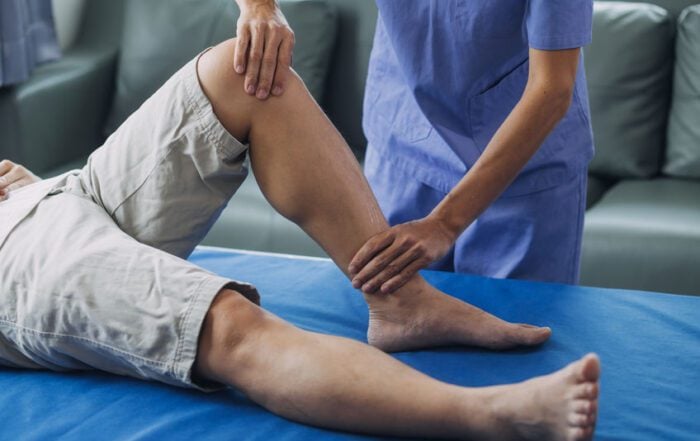What Is ORIF Surgery?
Each year, over 2.6 million broken bones occur after a sports collision, fall, or car accident. If a doctor suggests open reduction internal fixation (ORIF) surgery, the injury is an emergency. The fracture is severe to the point the bone is broken in multiple places or has penetrated the skin. When this happens, the bone must be set back in place using ORIF. This procedure is the most effective option but does require some recovery time. After surgery, the patient will be advised not to lift heavy objects for some time to facilitate a speedy recovery.

A surgical solution
Open reduction internal fixation is a 2-part process that occurs using open surgery. Now, some procedures are done using minimally invasive means, depending on the injury’s extent. First, the surgeon makes the incision, then resets the damaged bones. Next, the surgeon uses internal fixation to keep the bones together when the bones are back in place. This process involves installing metal screws, pins, plates, rods, or wires. The type and variety of metal components depend on the location of the injury.
Recovery after ORIF
The length of recovery after ORIF depends on the extent of the injury. Some patients recover in 3-6 months, while others can take up to a year. In some cases, physical therapy (PT) is necessary to strengthen the muscles around the broken bone, which improves function. The surgeon will also provide instructions for aftercare and pain management.
Set down the weights
As part of recovery, doctors will recommend all patients limit lifting heavy objects to facilitate healing. Lifting heavy objects can damage incisions, increase blood pressure (BP), and cause bleeding. In some cases, lifting heavy objects can compromise broken bones. The weight the patient can lift will depend on the specific details of the surgery and the patient’s individual healing process. For instance, after shoulder surgery, doctors recommend avoiding lifting objects more than a few pounds. This restriction can last several weeks. When other areas, such as the hips and knees, are treated, a limit of around 10 pounds is often suggested.
Lifting beyond recovery
Enforcing lifting limits reduces the risk of complications in the immediate weeks following surgery. Restricting lifting also prevents the patients from compensating with another limb, reducing the chances of another injury. Exercise can help broken bones heal faster, but that does not mean the patient should lift extremely heavy weights immediately. Lifting restriction can continue for several months, even after the bone has healed.
Let go of the weight
All patients should avoid lifting heavy weights or engaging in strenuous activity for at least 6-8 weeks post-surgery. While this is sometimes impossible, the general limit is about 10 pounds if the patient must lift an object. The doctor may allow a gradual increase in lifting as the bone heals and the patient becomes stronger. To avoid re-injury or surgical complications, follow the surgeon’s advice on lifting after an open reduction internal fixation surgery.
Recent Posts
What To Do About Hip Pain: Is It Time To See An Orthopedic Surgeon About Labral Repair?
Hip pain should not be overlooked, as the issue could be a labral tear. Symptoms like pain and instability require an orthopedic surgeon’s assessment.
ACL Repair: Will You Have Range Of Motion With Your Knee After Recovery & Physical Therapy?
After an ACL injury, ROM can be negatively affected. ACL repair surgery helps restore function, but physical therapy is essential to ROM.
Arthroscopy: What Are The Benefits Of This Minimally Invasive Outpatient Orthopedic Procedure?
Arthroscopy can help diagnose or treat joint conditions. Benefits of the MIS include faster recovery, less pain, and fewer scars.
Posterior Interbody Lumbar Fusion: What Are The Benefits Of PLIF For People With Back Pain?
People with chronic back pain may benefit from posterior interbody lumbar fusion surgery. PLIF can reduce pain and improve stability.








